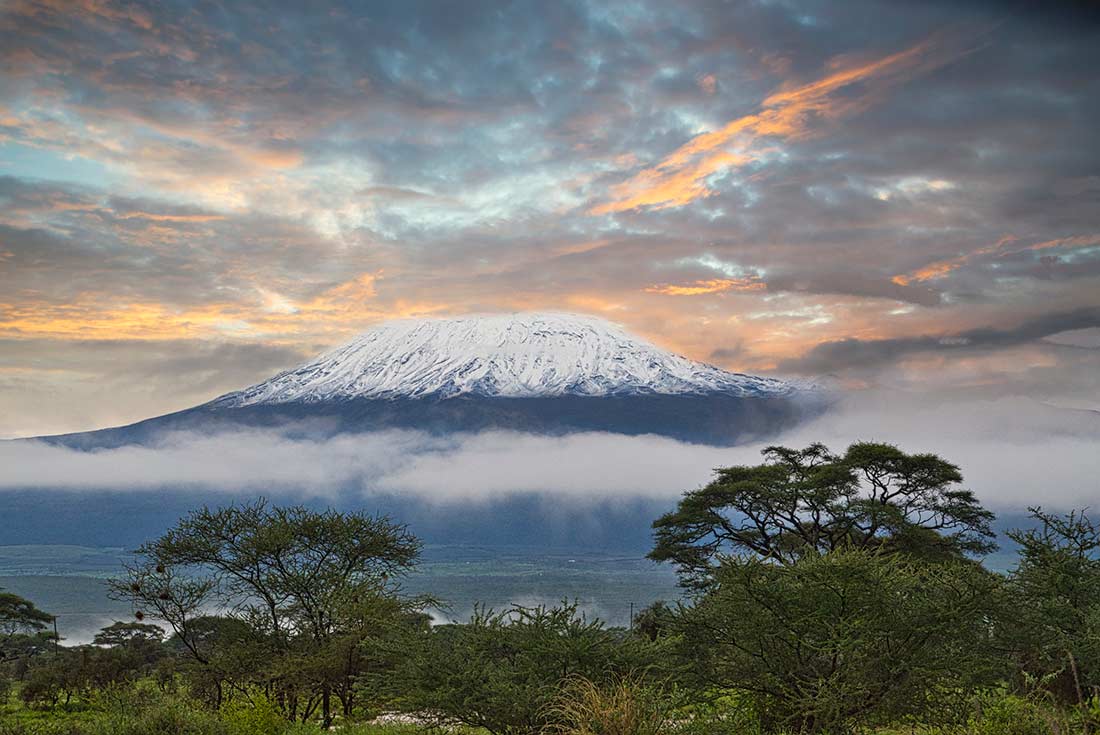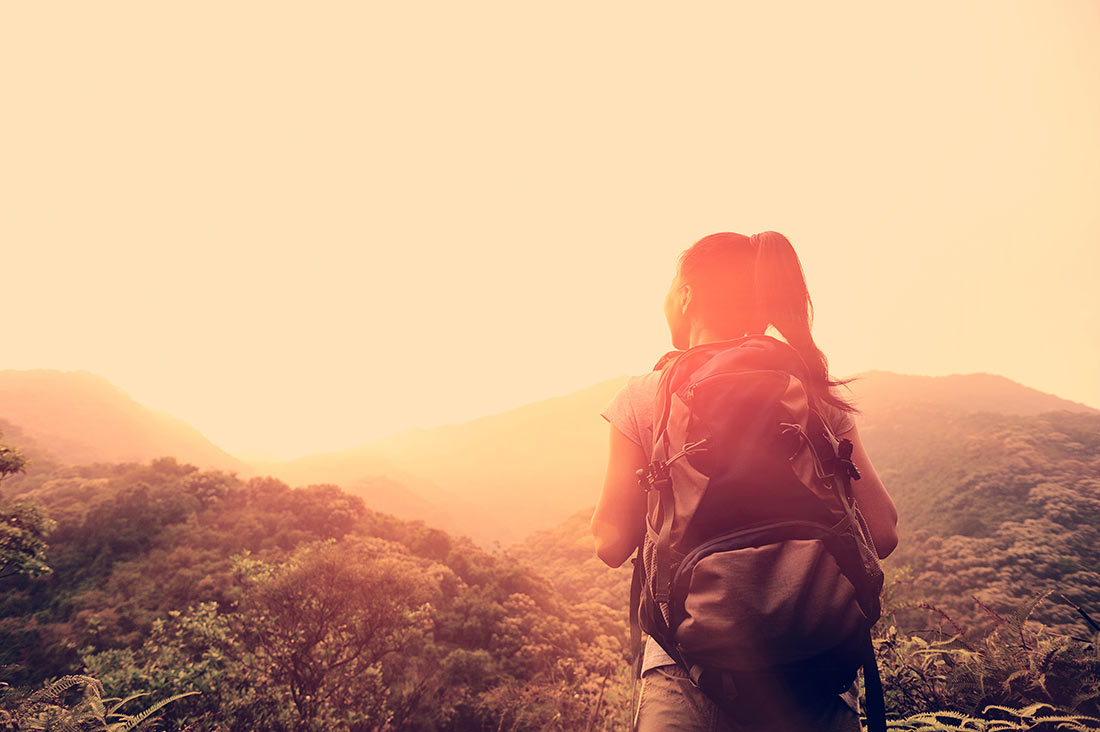How Climbing Kilimanjaro Changes Your Perspective and Your Goals

Standing on the summit of Kilimanjaro is one of those rare moments in life when everything feels crystal clear. The air is thin, the horizon is endless, and for a few unforgettable minutes, the rest of the world simply falls away. But what makes this experience truly powerful isn’t just reaching Uhuru Peak — it’s the way the climb reshapes you long after you’ve descended. Many climbers return home with a sense of clarity they didn’t expect, and find that their goals, priorities, and outlook on life have shifted in meaningful ways.
The Emotional Shift That Happens After the Climb
Climbing Kilimanjaro is an emotional arc more than a physical one. You start with anticipation, push through discomfort, and end with a rush of accomplishment that lingers long after the climb is over. Many climbers describe three overarching emotional changes after they return home:
1. A Deepened Sense of Confidence
When you’ve stood at 19,341 feet after days of effort, cold, and altitude, it’s hard to go back to everyday life feeling uncertain about what you’re capable of. Simple inconveniences feel smaller. Big goals feel closer. The climb becomes a constant reminder that you can do hard things — even when conditions aren’t ideal.
2. A Renewed Appreciation for Simplicity
Evenings spent in a Dining tent, conversations with guides, and the rhythm of trekking each day give climbers a break from constant digital noise. Many return home craving that simplicity and feel more grounded in their daily routines.
3. A Greater Sense of Connection
Kilimanjaro has a way of building community. Whether you climbed with friends or met strangers on the trail, shared challenge creates lasting bonds. Returning home, many climbers find they miss that camaraderie and seek it out in new places.
How These Emotions Reframe Your Goals
After the emotional high settles, something interesting happens: climbers start reassessing what they want out of life. The climb becomes a mental reset button. Here are some of the most common ways climbers report their goals changing:
1. Setting Bigger, Braver Goals
Summiting Kilimanjaro proves that perseverance pays off. It’s not uncommon for people to return home ready to tackle things they’ve been putting off — whether that’s training for another major trek, starting a new business, or making a long-delayed life change. The mountain gives them a reference point: If I could do that, why not this?
2. Making Health and Fitness a Priority
The climb often reignites an appreciation for physical well-being. Many climbers go home motivated to keep training, maintain their fitness, or take on new outdoor challenges. The trek becomes the start of a healthier lifestyle rather than a one-time adventure.
3. Focusing on Experiences Over Possessions
Life at camp is simple, and summiting requires little more than determination, teamwork, and the essentials on your back. After returning home, many climbers shift their priorities toward experiences rather than things — leading them to travel more, try new activities, or pursue adventures they’ve always dreamed of.
4. Becoming More Intentional
Over and over, climbers say that Kilimanjaro helps them see what truly matters. The climb strips away distractions. The result? A sharper focus on values, time, and how they want to spend the next chapters of their life.
The Mountain Stays With You
Long after your legs recover and your summit photos fade from the top of your camera roll, Kilimanjaro continues to influence your decisions in subtle, powerful ways. It becomes a reminder that you’re capable, resilient, and stronger than you once thought — and that clarity can stay with you for years.
For many climbers, reaching the summit is only the beginning of the journey. The real change happens afterward, in the way you see yourself and the goals you set for the future.










